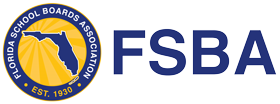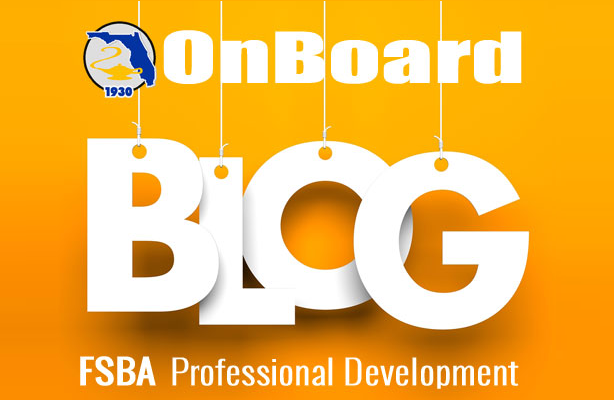Tips for Reaching Consensus on Your Board
- Present your position as lucidly and logically as possible.
- Consider other members’ reactions. Avoid arguing solely for your idea.
- Postponement of decisions to reconsider and work through the issues can be vital to the process.
- Do not assume that someone must win and someone must lose when discussion reaches a stalemate. Instead, look for the next most-acceptable alternative for all parties.
- Distinguish between major objections and discomfort amendments.
- Do not change your mind simply to avoid conflict and reach agreement.
- Be suspicious when agreement seems to come too quickly and easily.
- Avoid conflict reducing techniques such as majority vote, averages and bargaining.
- When a dissenting member finally agrees, resist the temptation to concede a later point as a reward. Make decisions on merit.
- Expect differences of opinion. Seek them out and try to involve everyone in the decision process.
- Understand that consensus is about empowering, not overpowering, to reach agreement.
- Finally, use your minds – you’ve got good ones or you wouldn’t be at the board table. Think before you speak and listen before you object.
Adapted from the Washington State School Director’s Association “Direct” publication, March 2012







